Kailash: a Spiritual Journey
I became enchanted by Tibet since I read Hesse's Siddhartha in high school, and with Kailash since I started practicing Yoga, more than thirty years ago. I definitely placed it on my ToDo list twenty years ago, after reading phenomenal article in National Geographic Adventure:
http://www.ece.uah.edu/~jovanov/tmp/Kailas_Adventure.pdf
Interestingly enough, on my first trip to Tibet, my best friend and roommate was Siddhartha :)
The holy walk around Mount Kailash is known as Kora, Tibetan word for circling around sacred object. Kora is important for four religions:
- Hinduism: Mount Kailash as the abode of Lord Shiva
- Buddhism: Demchok and spiritual liberation
- Jainism: Ashtapada, site of Rishabhadeva’s liberation
- Bon: Axis mundi of ancient cosmology
Outer Kora is 52 km long starting at Darchen at elevation 4,600 m with the highest point of Dolma La pass at 5,630 m. According to the rules, Inner Kora with the accesss to the particularly sacred places at the base of Mount Kailash is allowed only after 13 cycles of Outer Kora. Every 12 years, Inner Kora is allowed after a single Outer Kora.
Since I'm not getting any younger, and next year 2026, year of the Horse, when Inner Kora is allowed after a single outer Kora is expected to draw huge crowds, I decided that this is the year for my spiritual journey, even without attempting Inner Kora.
Another lesson I learned in Tibet, is that the concept of the "detailed plan" is a Western concept that is not applicable in places like Tibet. Our original plan was to use the second day of the Kora for acclimatization (Diranpuk, 5,100m elevation) or hike to the base of Mount Kailash (8-9 hour hike). For me personally, that was one of the reasons I selected Himalayan Glaciers (HG) (https://www.himalayanglacier.com/) because of their planned hike to the base of Kailash. However, overcrowded accommodations and risks associated with the second day hike forced the change of the plan. It turns out that it was not that bad, since we had a chance to come to the start of the Inner Kora, and at least experience the start and see the path of the Inner Kora.
Challenges
It is believed that during the Kora around Mount Kailash, that the deities test and challenge you through the harshness of the journey itself. The high altitude, rugged terrain, extreme weather, and physical exhaustion are seen not merely as obstacles, but as spiritual trials.
According to tradition, Lord Shiva, who resides on Kailash, observes the sincerity of each pilgrim’s intentions. Every ache, breathless step, and moment of struggle is an opportunity to confront the ego, release attachments, and cultivate humility. Crossing the Dolma La Pass at over 5,600 meters is often viewed as a symbolic death and rebirth—where old karma is shed and inner transformation begins. In this sacred landscape, it is said that your true self is revealed, and the divine presence responds not to how far you walk, but how open and pure your heart becomes along the way.
I was prepared to most of those challenges; however, my challenges came earlier and unexpected. It all started with nausea caused by the high altitude pills, but quickly progressed with diarrhea. After two days days of diarrhea, dehydration and nausea, I had less than 24 hours to prepare for Kora, and I barely eaten anything for almost a week. Even sweets and energy bars made me sick, but I consumed a lot of water, and HG did a great job providing as much bottled water as necessary! I also had excellent electrolytes for endurance hiking and they helped me a lot.
Typical restroom in the mountain guesthouses is in another building and looks like this:
Waking up a dozen times a night and going across the field to restroom is not fun :) However, you might enjoy night sky and full moon on your way back.
After very basic accommodation at Lake Manasovar, we had a very nice hotel in Darchen, for the beginning and end of Kora. That included some in-room oxygen.
In room oxygen delivery:
Please pay attention to "smoking is not allowed ... in bed :)"
Guesthouse in Zuthulpuk:
Bathroom with fresh, cold, mountain water:
Dishwasher:Yaks are very important for survival on Tibet. They are the most important workforce for transportation of goods, their milk is used as a food and addition to classical tea, their meat is the main source of proteins in food since there are no vegetables and fruits.
Since Tibetans are Buddhist, killing is not allowed, but they have to kill yaks for meat, for survival. They collect their bones and pray for forgiveness and for them. American Indians were doing similar with their pray.
Day 0: Visiting the start of the Inner Kora
Our start of Kora was postponed for one day, since the number of people on the trail reserved all beds in guesthouses.
However, that provided opportunity to visit Inner Kora path, that is typically open very 12 years (it will be open next year). Our initial plan was to have a one day trek to the base of Mountain Kailash, but this year it was not allowed. We believe that the number of people on the mountain increases chances that people that are not capable, still try to attempt this short but intense trek that significantly increases chances of somebody getting injured r suffering health conditions with opportunities for medical help greatly diminished. Helicopters are not used at all on the mountain, cars can come only to certain points, which means that somebody would have to carry you down the mountain, in situation where it is even hard for person without any weight to descend.
That also convinced me that my decision to attempt Kora was the right one. Next year will be even more crowded, and plans in the mountain change, you can not come with rigid, predefined plan.
Inner Kora provides unique views of the South face of Kailash.
Piles of stones are made as a sign of devotion and prayer. This is my mound at the start of the Inner Kora.
Prayer flags at the start of the trail:
Buddhist temple at the start of the trail:
Day 1: Darchen to Dirapuk
The first day started with the short bus ride to the beginning of the trail.
The Kora starts from the Hindu temple. The temple marks not only the physical start of the Kora but also a spiritual threshold, where the mundane is left behind and the pilgrim steps into a sacred landscape, seeking blessings, and recognizing that the Kora is as much an inner transformation as it is an outer trek.
Pilgrims circle around the shrine and then pass through the shrine, ring a bell, and start Kora.
It is really very emotional to witness commitment of pilgrims that pass Kora using prostrations. It takes approximately three weeks and increadible commitment and energy to complete Kora by prostrations. I was thinking about them every time I felt tired.
Start of the trail:
Company on the trail:
The trail allows magnificent views of the Western face of Kailash on the right and mountain range on the left.
We made a side trip to get closer to Kailash. A very steep ascent with very hard terrain. However, everything is longer and further than expected and we made a good decision to return.
this is the location of the previous photo
A short, but steep, hike from the guesthouse allowed us better views and a glimpse of a hike to the base of Kailash, where you can touch the mountain itself, original stone at the base. However, that requires 7-8 hours of hiking and a full day, but authorities didn't allow it during our trip.
This is the view of the north face of Kailash:
Complete families on the trail:
Day 1 was 9.1 mile hike with 2,700 ft vertical gain, that I completed in five hours.
Day 1 Simulation in AllTrails (maximize window):
Day 2: Dirapuk to Zuthulpuk, crossing Dolma La Pass (5630m)
Day 2 is the main challenge of Kora. In my case, it was an 11.4 mile trek with 2,388 ft vertical gain, completed in 6:13 hours of moving time and 10 hours of total time. Elevation was from 16,650 ft to 18,681 ft and down to 15,542 ft.
Start at 5 am:
Strange light is full moon light on local peaks
The trail allows fantastic views of the Noth face of Mount Kailash. In our case, we were blessed with a night symbolic view of Kailash with the full moon above, perfect symbol of Shiva represented with moon above that he controls. Clouds allowed just a brief view of the scene, but we were blessed with this very symbolic view.
Early morning view of the mountain
Uphill path to Dolma La pass
The first 4 miles (6.6 km) are brutal and took me four hours to reach the highest point Dalma La pass. I never experienced in my life situation that I have to stop after 4-5 steps and gasp for air. Yet, I was never hiking at 5,700 m either :)
Dolma La pass
Descent from Dolma La is a very challenging 2.5 km hike over stones and boulders.
Descent allows spectacular view of the Mountain Lake and walk over glacier.
After descent relatively flat road similar to the first day, leads through the valley to Zuthulpuk.
I was not alone on the trail:
I had a can of oxygen and I used it sparingly, but it brings only temporary and not so spectacular relief :)
I made an experiment to assess effects of added oxygen. My SpO2 was 74%. After five puffs of oxygen, my SpO2 increased to 79%, but only for two minutes, and returned back to 74% in 4-5 minutes. After bursts of activity (more than 5 steps :) ), my oxygen saturation would fall to 68-69%.
I brought 1.5 liters of water with 0.8 liters of electrolytes, but that was not enough. I received additional 0.5 liters from a guide, but I should have had at least four liters considering high elevation, dry air, and dehydration caused by the pills.
Courage and Determination
At the end of the first day Jyoti (57) was thrown from the horse 1.5 km from the guesthouse. It will turn out that she dislocated her shoulder and broke upper arm bone. The most logical solution was to call the car and transfer her to hospital in Darchen. However, she was determined to pass Darma La, the most difficult part of the Kora and descend to the Eastern valley, where car can take her to the hospital. With her daughter and two guides on her side, she completed the most challenging part of Kora, in spite of her injuries. Incredible strength and determination. Not to mention a very tough two day trip by bus to Nepalese border, where helicopter took her to Kathmandu and she flew to India to have surgery. Incredible woman.
Day 2 simulated (maximize window)
Day 3: Zuthulpuk to Darchen
Day 3 was an easy day that concludes the Kora. We started at 6am, 4.3 mile hike, mostly downhill, yest 692 ft vertical gain, completed in 1:52 of moving time, starting at 15,808 ft and ending at 15,300 ft with nice break in the traditional teahouse.
The trail offered great views of the river on moonlight. Surprisingly, Eastern face of Kailash can not be seen from the trail.
The tea house features a very interesting design of a stove with top loading of coal and flow of hot air under cast metal plate used to heat water and tea. Great solution.
Day 3 simulated (maximize window)
After a night in Darchen, we proceeded back to Saga, Kerung, and directly to Kathmandu.
I immediately stopped using pills and that resolved a lot of my problems. I might have been able to go without pills, only Tylenol for inflammation but I didn't want to risk brain edema and coming to the point that even pills couldn't help me. I watched Everest documentary and I saw what that looks like and how one of the climbers accepted to go back to the Base Camp without problems, since it was obvious even to him that he was dying, and he recovered at the Camp (5,300m).
Most of the trek is covered with solar powered cameras and wireless connections. There are a lot of Emergency stations where you can call for help.
At the end, all 15 people completed Kora walking, six completed on horses, and Jyoti completed Kora on foot although she was supposed to complete on Horse. We were the first group with 100% success rate for the agency.
Epilogue
Kora tests you and your beliefs in so many unexpected ways.
It is easy to commit to God in the comfort of your home or your temple. But what if you don't have food for days?
And what if you are gasping for air for days?
And what if you are doing prostrations for three weeks in the same foodless, airless environment?
How do you deal with the fact that you might not come from the mountain alive? Do you doubt your decision to come and attempt Kora?
What are your priorities in life?
What is "the role of your life"?
Unfortunately, your brain does not have enough oxygen to process consciously these questions. You have only deep, subconscious communication between your deep subconsciousness and the Higher Self, Holy Spirit or Collective Consciousness, as Jung defines it. And that is the point of Kora, the result is not a product of your mind and intellect, they are insights on much deeper, subconscious level.
I didn't come with any new insights and answers from Kailash. Rather, everything I know and all beliefs I have are clarified and crystallized and my connection with the Holy Spirit is improved.
I didn't just complete an item from my list of life wishes, I am a different person ready for new phase of my life, or whatever life brings my way.
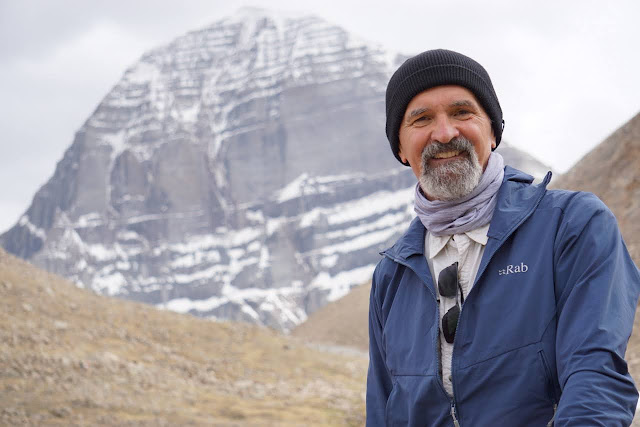




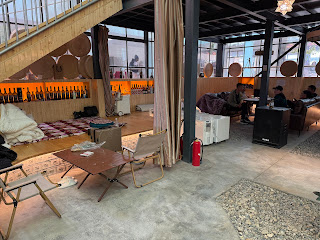

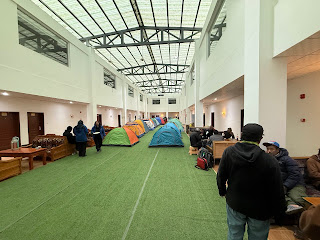







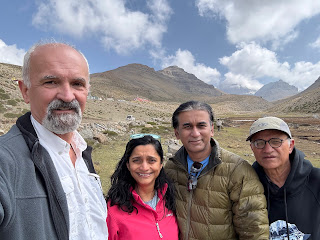





























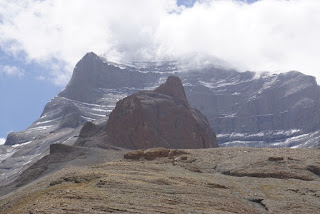


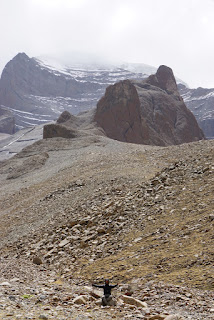


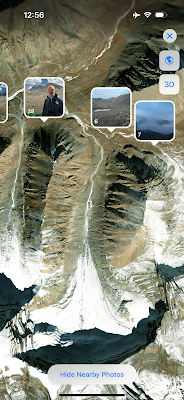










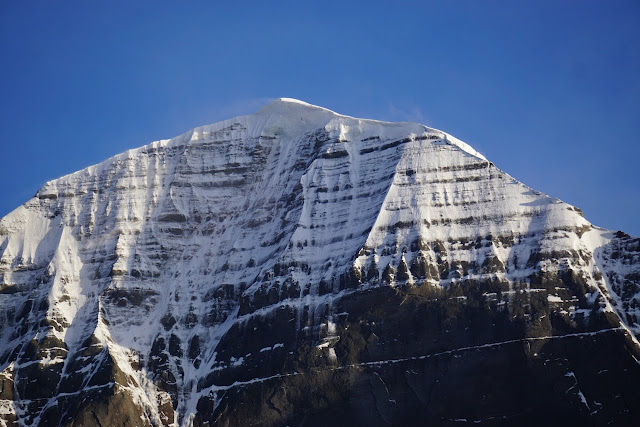







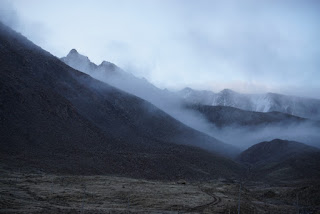














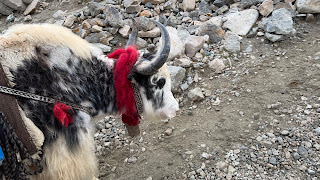














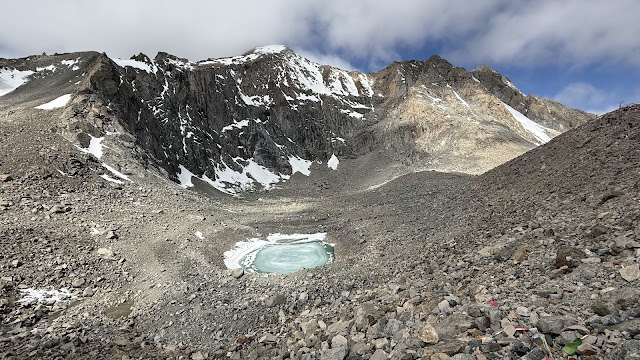



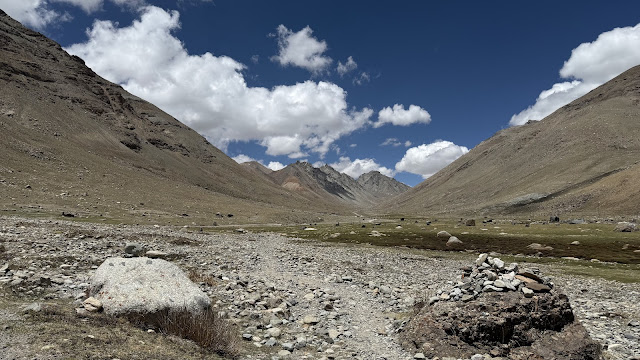






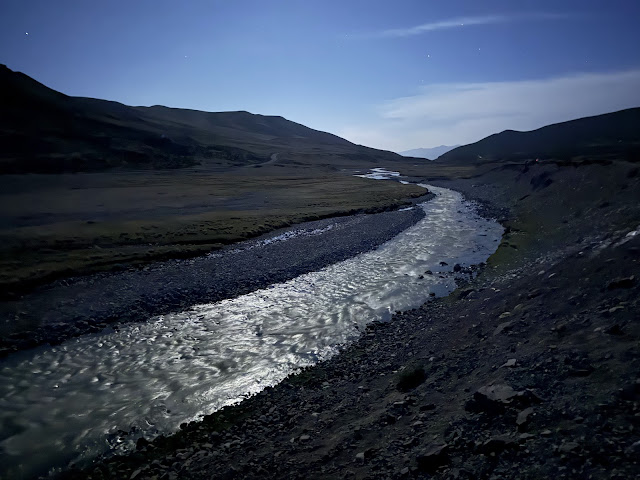




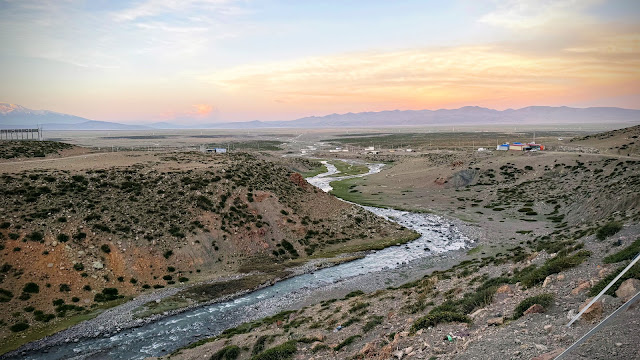

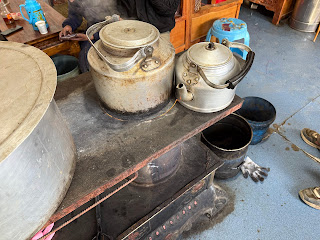





Emil, what an incredible spiritual journey. This is not a typical item on the bucket list, reserved for the faint of heart. Thank you for sharing it with such honesty and depth. Reading about your experience was both grounding and uplifting. Not just a trek, but a true pilgrimage of the soul. Your challenges, as described, are part of the spiritual trial, but nature and the mountain reveal more than they demand. You are not coming back with new answers, but with clearer connection and conviction. I wish you nothing but peace, strength, and quiet joy as you embark on the next phase of your journey.
ReplyDeleteDear Kannan, thank you for your deep and thoughtful comment. You’ve truly captured the essence of my experience. Wishing you all the best on your spiritual path and a deeply insightful journey of your own.
DeleteDear Emil, I just finished reading your amazing blog which left me deeply inspired. Thank you for sharing your journey. Through your words and captivating photos and videos, I felt that I was walking too around Kailash. Your reflection in the end that you are a different person it is a powerful reminder that the greatest journeys are not just measured in km or altitudes, but in the profound inner transformation. Wishing you continued spiritual growth and many more transformative journeys.
ReplyDeletethank you so much, I wish you all the best on your spiritual journey. Best regards.
DeleteCongratulations my friend and neighbor now you can join the club of 18,000ft+ !! Your endurance and perseverance are commendable !! Reading your story brought back memories of my own struggles on my way to the base camp of Everest !!
ReplyDeletethank you Kader, your 18k+ experience helped me to prepare better, but yes, eventually, you can not fully prepare for trips of this kind :) And that is the point :) Looking forward to hearing about your new trips. Best regards.
DeleteEmil, I am almost speechless. You have found this spiritual and physical challenge for yourself and have completed the dangerous journey successfully. Congrats with a big respect! I have a lot of issues to discuss with you upon you coming back home.
Delete